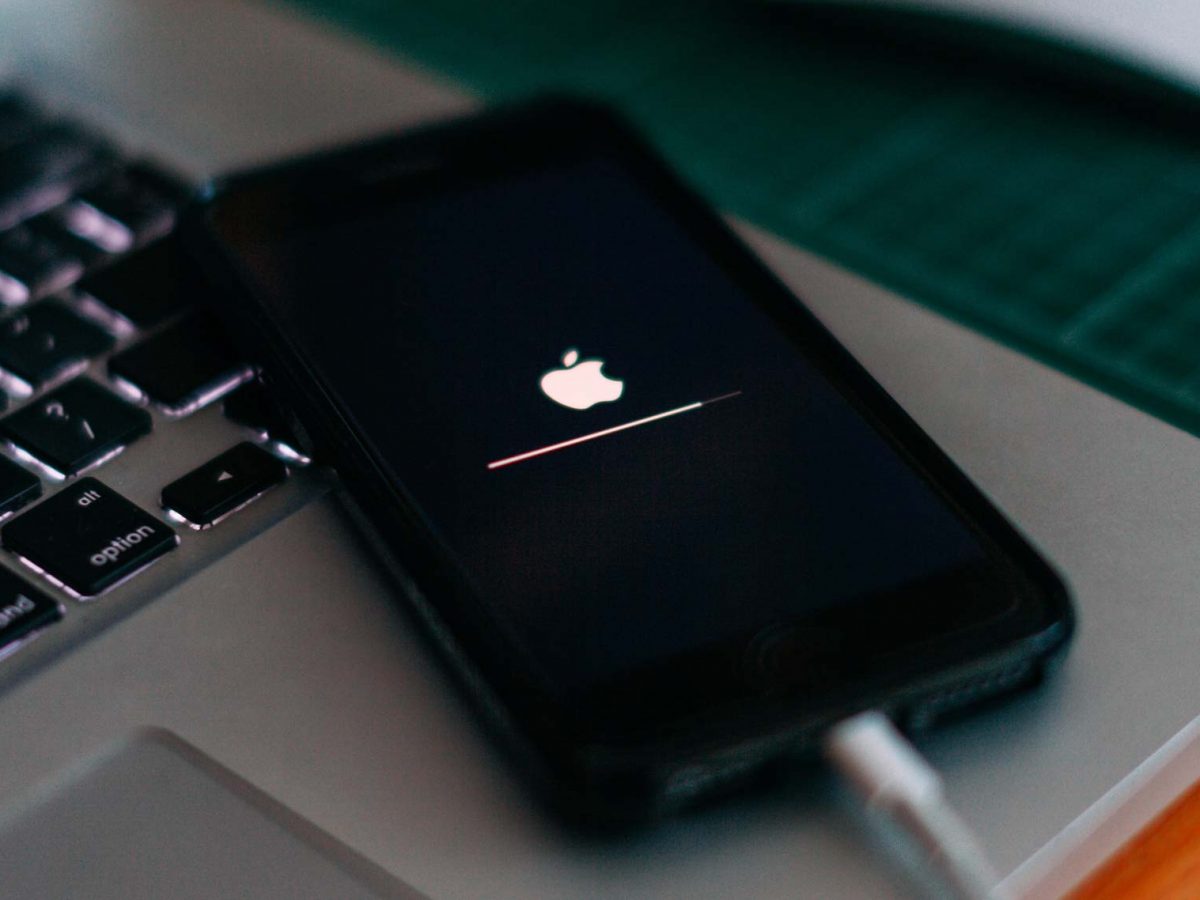Wouldn’t it be wonderful if you were able to increase the revenue of your eCommerce store without increasing the traffic?
CRO is one way to that end. Another way is through upsells and cross-sells which is what we’re going to discuss today.
Most marketers confuse the above terms or feel that they are one and the same.
Upselling and Cross-selling— the difference
Upselling and cross-selling are both techniques that drive revenues up. Upselling is when you sell a higher priced version of the product or an upgrade.
Upselling is when you sell a customer who has come to purchase a Ducati V4 a Ducati V4s instead. A slightly higher priced model, that’s lighter than the former.
[content_upgrade cu_id=”6720″]Want tips to supercharge your sales strategy? Get our free Upsell/Cross-Sell Cheatsheet![content_upgrade_button]Get the upsell/cross-sell cheat-sheet now.[/content_upgrade_button][/content_upgrade]
Cross-selling is when you sell related products like batteries along with digital cameras.
Successfully selling cross-sells and upsells often boils down to a few key features.
The first of them being—
Knowing your customers
It may come across as fairly obvious. However, there’s some mystery surrounding what customers want. We can’t pry open their heads and take a peek. Instead, researching your audiences can provide the necessary data.
This will help you understand what they want, and what their needs and preferences are.
A barber that you visit on a regular basis already knows the kind of haircut you prefer and will get down to business without many or zero instructions.
Upselling is when you sell a customer who has come to purchase a Ducati V4 a Ducati V4S instead. A slightly higher priced model, that’s lighter than the former. Click To TweetSo how do you do the same?
Amazon— the godfather of online commerce provides some valuable lessons.
Amazon effectively leverages customer’s purchase history, cookies and browsing history to upsell and cross-sell them.
They track your order history and then make recommendations based on those orders.
For instance, if I am looking at a book I like, in almost all instances there will be recommendations below which are either books written by the same author or a crowd favourite based on people reading the same books.
But even when you know your customers it isn’t that easy to start.
So:
Start with your best customers
If you’re just getting started with upsells and cross-sells you’re probably worried about getting everything right and not botching the experience.
To make things easy, you need not roll out upsells and cross-sells to every customer. You will need a lot of time to learn from failures and the best thing to do would be to roll out the changes to a select few segments.
This could be your most loyal customers. Or customers that give you the most feedback.
Your customer support team could help you narrow down this list.
Ask them how they feel about how relevant the service is and if they’d be purchasing based on the recommendations provided. This initial feedback will help you determine if you’re in the ballpark or not.
When in doubt use the rule of 25
When starting out you’d do well to sticking with upselling and cross-selling items that are not more than 25% of the original item.
If someone originally intended to purchase a laptop under $500 you can show and sell them a laptop that’s priced around $625 according to this rule.
A $1000 laptop would probably make them close the tab.
But again, as with everything, as you come to understand your customers better you will have the option of knowing when you can colour outside the lines.
The right placement and timing makes all the difference
The key to success with upselling and cross-selling is to display these recommendations when the customer is most likely to convert.
Again, Amazon nails it with its “Frequently Bought Together” items which are based on the data of millions of customers who have purchased those products coupled with data from your past purchases and interests.
If you look for a camera, on the product page, Amazon will show you camera pouches, batteries and probably a photo holder all grouped together in a bunch.
Below that there are recommendations based on other products customers who bought the product you’re looking for purchased.
[content_upgrade cu_id=”6720″]Want tips to supercharge your sales strategy? Get our free Upsell/Cross-Sell Cheatsheet![content_upgrade_button]Get the upsell/cross-sell cheat-sheet now.[/content_upgrade_button][/content_upgrade]
Try bundling
This may not sound applicable for every kind of store… but if it is, it can be powerful.
If you’re offering niche items then bundling can come in handy. When you group items together into a bundle and decrease the price so that it seems a steal for the potential buyer you’re offering a lot of value that most customers would not likely pass up on.
They see the individual costs of the items and the bundle and realize they would be cursing themselves for the rest of their lives if they didn’t take the deal 😉
Bundling couples the fear of missing out with a discount and very often works because of that.
You’re able to sell more items and this boosts your bottomline. When sold as a group people aren’t looking at the individual numbers but the value provided as a whole.
It’s also applicable without discounts.
In the case of Amazon, they offer bundled packages just in their “Frequently Bought together” section.
Here’s an example.

In another case study, DAC Group witnessed an increase of 47% in calls after they bundled together multimedia and print ad placements for Yellow Pages.
The average customer refers to nearly 8 sources when shopping online. With the burgeoning number of choices, the DAC group reasoned that business owners need to be everywhere to get noticed.
So they started offering print ads and Internet Yellow pages services.

Call the robots to work and automate recommendations
For Instance, SkullCandy was able to sell more with automatically configured upsells.

Switching to algorithmic recommendations not only helped them sell more but also saved them time. Manually panning out recommendations sponged away up to 10 hours a week which now took less than half an hour per week freeing up time to focus on other revenue generating activities.
We can’t pry open customers’ heads and take a peek. Instead, researching your audiences can provide the necessary data. Click To TweetCreate Scarcity
If you’ve ever seen a big countdown timer next to sale you know what I’m talking about.
Amazon generally employees scarcity in less dramatic ways.
When you select an item to order, you’re able to see how many items are left. It’s clear and concise and the fear of missing out is palpable.
When you create scarcity you automatically level up the demand for the product and increase its perceived value. You also get people to take action as soon as possible.
This drives purchases that might have otherwise not happened.
[content_upgrade cu_id=”6720″]Want tips to supercharge your sales strategy? Get our free Upsell/Cross-Sell Cheatsheet![content_upgrade_button]Get the upsell/cross-sell cheat-sheet now[/content_upgrade_button][/content_upgrade]
Concluding thoughts
There you have it. These are some of the best techniques to get customers buying more from you. This is the magic of generating more revenue without increasing traffic. However, when you try these sales techniques don’t be sleazy and upsell everyone and their grandmother things they don’t need. Your approach should be based on an understanding of what the customer wants and what their drives are. This way you keep them happy and keep them coming back for more.
Here at Right Hook Digital, we partner with businesses to drive their business outcomes and high ROI. Our time-tested process flows through the steps of Brand Awareness, Nurturing the Relationship, Conversion, to Loyalty and Retention. Our services include:
- Growth Strategy
- Facebook Advertising
- Google PPC
- Conversion Rate Optimization
Book your free strategy call with Right Hook Digital today by clicking here.




